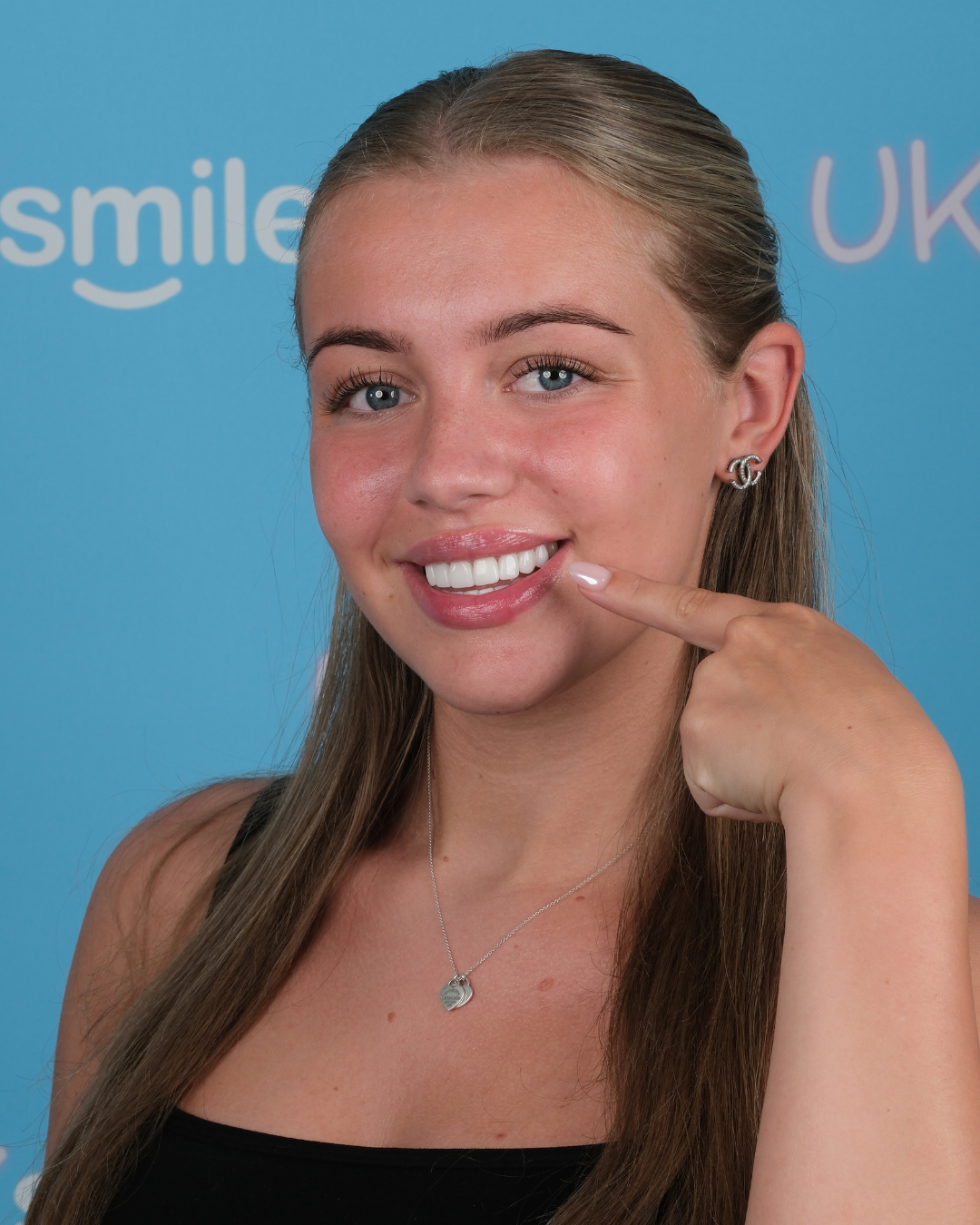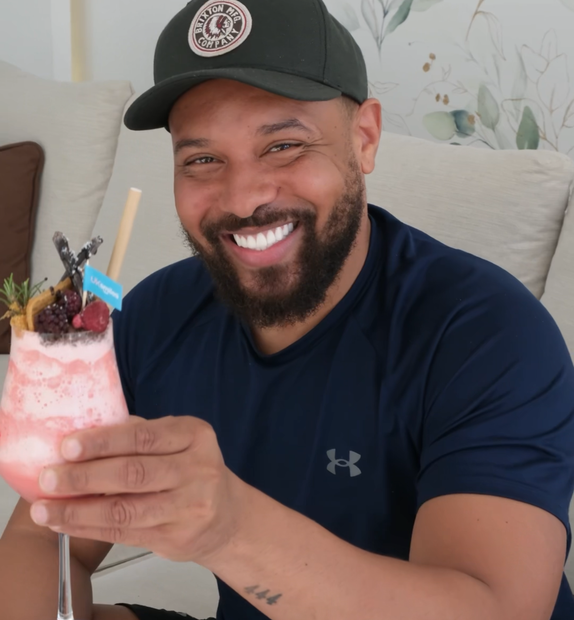#uksmiles
The Smile You Deserve,
The Name You Can Trust
Join thousands who’ve trusted us to transform their smiles
Rated 4.9/5 Based on 300+ Reviews

AS FEATURED ON
Designed Around You.
Trusted
by Thousands.
Backed by
Results.
Discover why we’re a leading choice for smile makeovers in Turkey, with expert cosmetic dentists, clear teeth packages, and results that speak for themselves.

Trusted by Thousands
With hundreds of verified reviews and a 4.9/5 Trustpilot rating, our smile team in Turkey has helped thousands of patients achieve their dream Turkey teeth smile.
Transparent Pricing
Wondering what’s the cost of a smile makeover in Turkey? At UK Smiles, we provide honest, detailed quotes for our dental Turkey packages before you book – so you’ll know exactly what’s included.
Patient First Support
From your first message to your final check-up, we’re here. Our UK based team is ready to guide you every step of the way, making your new smile journey stress-free!

More Than a Smile Makeover,
A Holiday Experience
At UK Smiles, your treatment is more than just cosmetic dentistry in Turkey – it’s an all inclusive experience.
Enjoy world-class smile design Turkey treatments in Antalya, combined with a relaxing holiday.
From digital scans and expert-led procedures to your relaxing hotel and comfortable transfers, our smile team Turkey takes care of everything.
Find Out Why We’re The #1 Rated Dental Service Provider
STATE-OF-THE-ART TECH
Sirona CAD/CAM Technology – The Secret to Your Picture-Perfect Smile
Innovation is a key priority to our dental clinic. Over the years our dental team and clinic has consistently reinvested in new technologies and staff training, in order to deliver continuous service improvement.
Our high-tech equipment is sourced only from world-leading dental manufacturers such as our state-of-the-art Sirona CAD/CAM technology, we create a custom Turkey teeth smile design that shows you your transformation before treatment begins.
With UK Smiles, your dream smile makeover in Turkey is just a few clicks away.
HOW TO GET STARTED
Get a Quote, Book a Flight, and Upgrade Your Smile
The simple 3-step process you will thank yourself for forever.
Step 1
Get a
QUOTE
Simply use one of the links on this page to open a chat on WhatsApp, we will discuss your needs and provide a bespoke dental quote.
Step 2
Plan your TRIP
We will design your teeth package including a smile design preview before your treatment, the perfect procedure performed by a cosmetic dentist, a beach-side hotel in Lara, private airport and clinic transfers and UK-based aftercare support.
Step 3
Change your LIFE
Book your flights to Antalya, enjoy the sunshine, and let our expert smile team Turkey transform your smile during your visit. Trust us when we say, you will wonder why you didn’t come sooner!

Our Happy Customers
Join thousands of happy patients who trust us for gentle, expert care and beautiful smiles. Your perfect dental experience starts here!
Rated 4.9/5 Based on 300+ Reviews
★★★★★
My experience with Uk Smiles and my rep, Eren, was definitely a five star one.
From arranging airport and hotel transfers, constant communication with my rep and regular appointments I cannot fault this company for the service they have provided.
I am so happy with my new teeth and would recommend trying out UK Smiles for your smile makeover.
★★★★★
I had 2 trips for my treatment with UK Smiles. Trip 1 was surgery and trip 2 was full veneers. Naturally, I was nervous and apprehensive but after day 1 on trip 1 my fears were forgotten. My brother and I have been looked after, made to feel comfortable and talked through each stage. My dentist was a real perfectionist which was also really reassuring. So happy with the end result and I highly recommend using UK Smiles
★★★★★
Just finished getting my new teeth done at UK Smiles,Konyalti,Antalya.Came here from Scotland. It was a bit daunting to begin with but Staff at Beetle Coffee Lounge Hotel were very welcoming. Service,rooms and food was Amazing.Staff at Dental Clinic were nice and co-operative.My Rep-Billy was very friendly,reassuring,helpful and funny. I’m very happy with my new teeth and Smile and would recommend UK Smiles to anyone considering having their teeth done. ???
★★★★★
Just returned from UK smiles in Antalya and I am absolutely buzzing. I travelled alone and was met at the airport and taken to my accommodation. I was picked up and dropped back after my appointments by my rep Cagan who was so supportive and talked me through the whole process and was very reassuring. The treatment was exceptional, professional, attention to detail and making sure you were happy with your new smile was their priority. If you are thinking about having dental treatment look no further! I highly recommend UK smiles you will leave buzzing, and smiling all the way home
★★★★★
Went to Antalya last week to get my teeth done. Was happy with the whole process. The reps, hotel and dentist staff we all very helpful. Made it a welcomed stay and would definitely recommend it to anyone thinking about getting it done. Thank you very much UK smiles for giving me great teeth.
★★★★★
After contemplating to get my teeth done for several months I finally booked through UK Smiles. What can I say… my experience was amazing! From being collected at the Airport to meeting my Rep Eren, who was amazing. I felt comfortable in another country on my own, knew exactly the treatment plan and my dentist was also fantastic and I can not thank her enough. I absolutely love my new smile and so thank you UK Smiles.
★★★★★
My experience with Uk Smiles and my rep, Eren, was definitely a five star one.
From arranging airport and hotel transfers, constant communication with my rep and regular appointments I cannot fault this company for the service they have provided.
I am so happy with my new teeth and would recommend trying out UK Smiles for your smile makeover.

